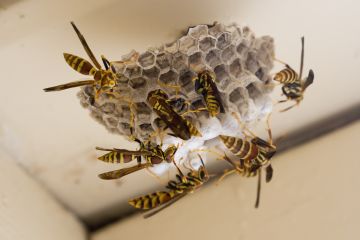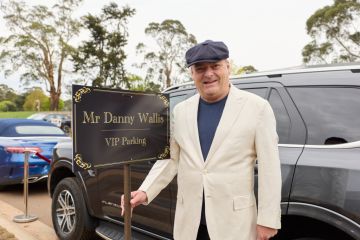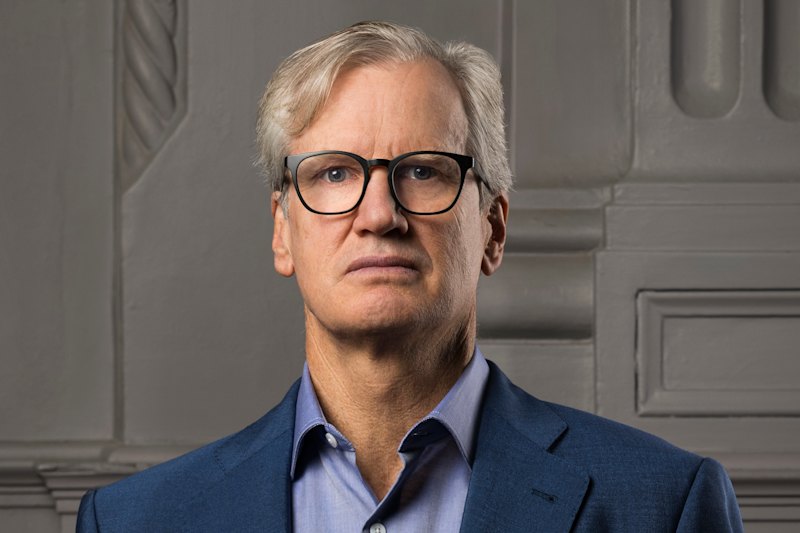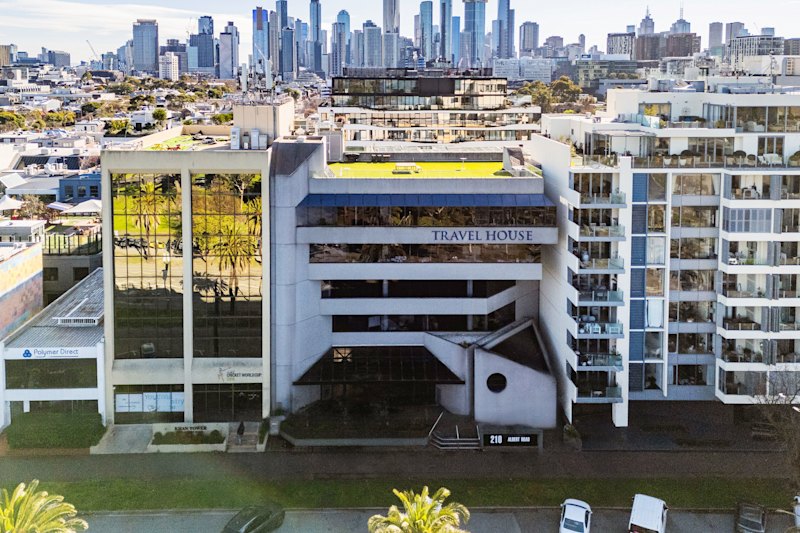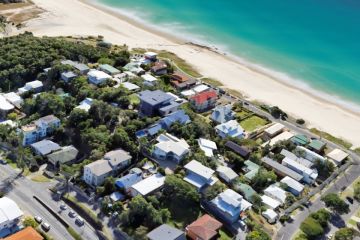Long-time residents on edge as homeowners, investors and developers catch on to the allure of Glebe
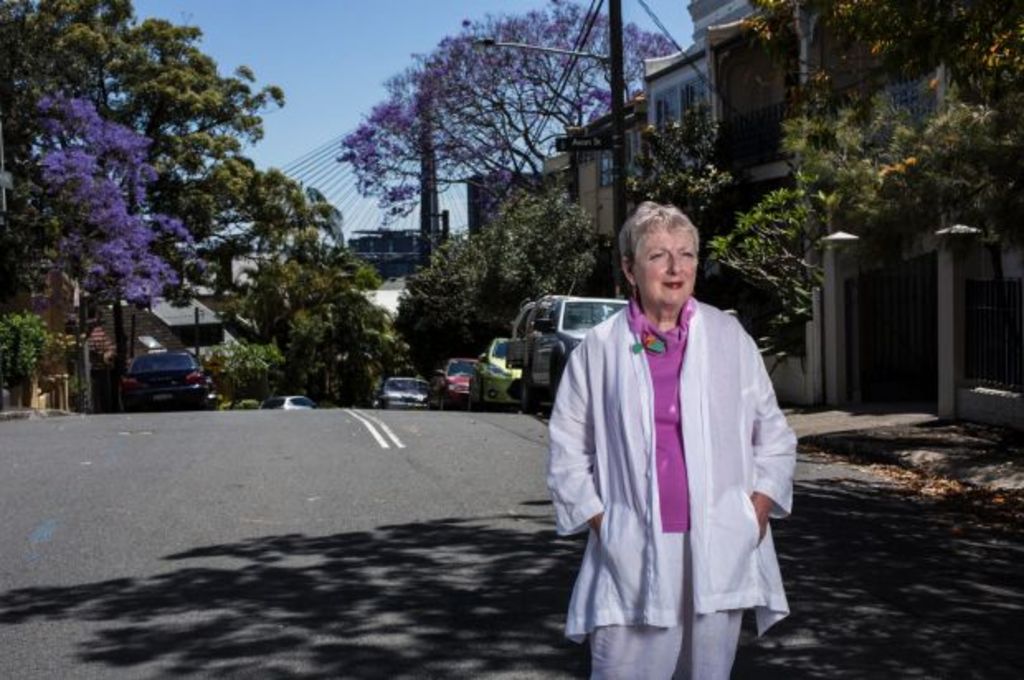
To describe Glebe as quirky is to understate just how unusual this leafy inner-city suburb really is. Its long-standing bohemian vibe, lack of a major through-road and mix of art deco apartment blocks, sprawling family homes and social housing give the place a true village feel, despite being just minutes from the central business district.
“It’s always been a very real suburb,” says David Gaunt, who has co-owned neighbourhood institution Gleebooks since 1978.
“It’s always benefited from its proximity to the universities, and from the fact that it’s one of the genuinely blended working-class and middle-class suburbs in Sydney.”
However, the future feel of the neighbourhood seems less certain. Major developments are creeping up on Glebe from all sides – Harold Park to the west, Mezzo near Ultimo and the soon-to-be redeveloped Fish Markets – are putting long-term residents on edge.
One resident concerned about Glebe’s increasing popularity is Lyn Collingwood. She first bought into the suburb in the 1960s, and moved to a house at Glebe’s northern end, near the water, about 10 years ago.
“The City of Sydney has been splendid for Glebe in terms of foreshore walks and parks and improvements, obviously because they’ve got the money,” she says. “But driving along Glebe Point Road used to be a quick trip and now it’s a crawl. The amount of traffic on the road is just unbelievable.”
Collingwood cites the development of apartment blocks at Harold Park, in Forest Lodge, as a strain on the area’s infrastructure. And she fears heartless future development, including a repeat of the public-housing sell-off that has occurred in Millers Point. “There’s also the prospect that Wentworth Park will be sold off for high-density housing without the infrastructure going in,” she adds.
But it’s not just developers who have caught on to how desirable the inner-city suburb is.
Residents and investors are also betting big on the suburb’s future as one of Sydney’s most desirable locales. Current Domain data shows Glebe’s median price has grown 82.4 per cent in the past five years to $1.76 million, with a robust 6.7 per cent rise in the past six months.
Mark Tooth, principal of Belle Property Glebe, says the recent price growth has been partly driven by existing residents, many of whom have lived in the area for decades and don’t want to leave.
“In the past few years, locals who love living in their suburb but who needed to upsize or downsize have decided to stay in Glebe,” he says.
Infrastructure improvements are also drawing buyers and investors from other inner-city suburbs that were once considered more convenient.
“There’s been a vast improvement to the neighbourhood facilities including the light rail and the harbour foreshore walkway, plus the expansion of childcare outlets and the growth of the International Grammar School campus,” Tooth says.
Amenities aside, Glebe’s desirability as a place to live has long hinged on the diversity of its residents and the mix of retail and hospitality outlets along Glebe Point Road.
“Eclectic is an overused tag but I think best sums up the character of Glebe,” Tooth says. “It isn’t hipster, it’s not old school, it’s not predictable nor is it fashionable. It’s a blender full of historical and modern architecture, recycled retail shops and food flavours from around the world.”
There is a considerable amount of public housing in the suburb’s southern half, closest to Parramatta Road, plus bookstores, cafes and international cuisine.
It’s these factors that draw different kinds of residents from those that can be found in inner-east suburbs such as Paddington and Woollahra, Gaunt says.
He believes the vibrancy of retail along Glebe Point Road has suffered as rents have risen and the nearby Broadway Shopping Centre has expanded.
“I don’t believe there are as many locals around as there used to be out on the street shopping and browsing, and I don’t believe as many [shoppers] from elsewhere come to Glebe Point Road as used to because there is insufficient variety and originality on offer.”
Tooth says these concerns will have little impact on the market, especially for those who are discovering Glebe’s charms for the first time.
“The huge capital investment, both existing and projected, in adjacent precincts like the Fish Markets and Darling Harbour will continue to add to the amenity and attractiveness of the lifestyle on offer in Glebe,” he says.
And, he adds, the suburb still has one thing that many of its competitors lack. “It remains a true village suburb, not a manufactured ex-industrial suburb with a sea of just apartments.”
We recommend
We thought you might like
States
Capital Cities
Capital Cities - Rentals
Popular Areas
Allhomes
More
